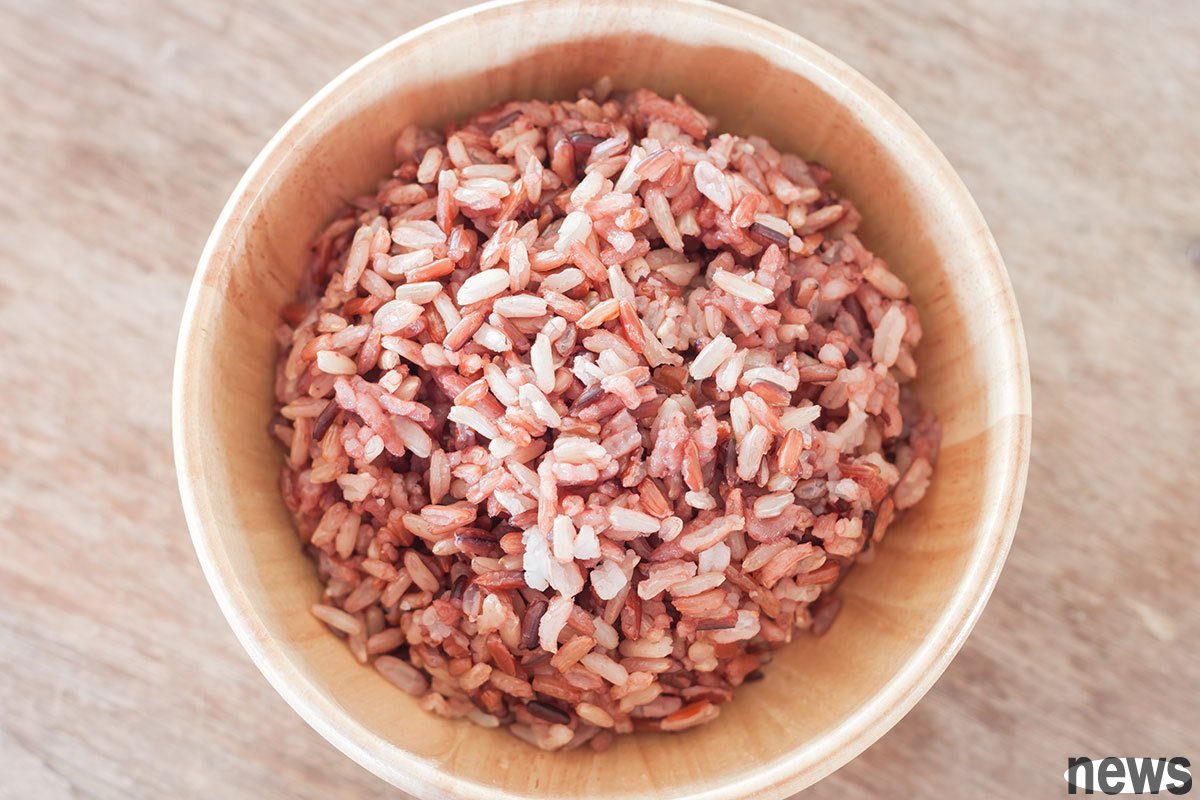Reader Hyman used the Contact Me on this website on 2021-11-16 to ask: Please ask the professor, can you really not eat 5 cereal rice? Because I have Mediterranean-type cereal blood, the article says not to overeat. How much does it mean? Is the amo...

Reader Hyman used the "Contact Me" on this website on 2021-11-16 to ask:
Please ask the professor, can you really not eat 5 cereal rice? Because I have Mediterranean-type cereal blood, the article says not to overeat. How much does it mean? Is the amount of oxalic acid in the cereal rice really large enough to affect the absorption of cereal quality?I clicked the link sent by Hyman and saw an article published in "Health Magazine" on 2010-2-1! 5 kinds of people suffer even more from eating mistakes. This article contains a lot of error information, but today I will only focus on the blood of the blood. I will have time to talk about other ridiculous misinformation later.
Also, please note that for the part about blood, this article touches on "iron-deficient blood", rather than "Mediterranean-type blood". Mediterranean genital blood is a traditional disorder of the synthesis of red proteins, which has nothing to do with iron intake and absorption.
This article "Health Magazine" lists 5 types of people who are not suitable for eating five grains of rice, and one of them is "people who have blood and little calcification". It says: "The high content of phytic acid and oxalic acid in the grain will inhibit the calcium quality, especially the absorption of iron. Therefore, people who lack calcium and blood should take …". Therefore, this article is a discussion of phytic acid, oxalic acid, calcification, and iron. However, it is not right to mix it up, because phytic acid and oxalic acid have different effects, and calcification and iron quality have different absorption mechanisms.
Phystic acid and oxalic acid are so-called "anti-nutrients", that is, "elements that hinder the absorption of nutrients by humans." However, different "antigens" will hinder different nutrients, so they cannot be mixed together. The raw, cooked and anti-nutrients I published in 2017 include nine major types of anti-nutrients, and the first and second categories are phytic acid and oxalic acid:
1. Phytoacid: It exists in the shells (grain) of fruits, seeds and grains, and has a strong combination of minerals such as calcium, oxal, iron, copper and oxal, resulting in subsidence and inability to absorb.2. Oxalic acid: It is present in many plants, especially spinach, which combines with calcium to prevent its absorption.
Therefore, because phytic acid hinders the absorption of iron, and the grain contains more phytic acid, there is a saying like "People who are dependent on blood should not eat five grains of rice." But the problem is, can "phytic acid hinder the absorption of iron" be directly interpreted as "five-ceiling rice hinder the absorption of iron"?
You should know that food does not only have "antigens", but also "increasing nutrients". According to the name sensitization, "anti-nutrient" will hinder the absorption of nutrients, while "enhancing nutrients" will promote the absorption of nutrients.
There are currently three known "iron nutrients": (1) vitamin A, (2) vitamin C, and (3) meat. Therefore, as long as you eat any meat or any food containing vitamin A or C while eating five grains, you don’t have to worry about insufficient iron extraction.
Also, in addition to promoting iron absorption, meat can also provide a source of iron that is not affected by phytic acid. This is because phytic acid only hinders the absorption of iron from plant food, and does not hinders the absorption of iron from animal food. Therefore, people who eat food don’t have to worry about eating five-cera rice will hinder the absorption of iron. [Note: "iron from animals" refers to "heme iron" (heme iron).
It is because food contains both "antigen" and "enhancing nutrients", so I eat raw, cooked, and anti-nutrients at the end of this article: [In short, the so-called "antigen" is a very knowledgeable term that sounds but does not have much practical meaning. 】
As for phytic acid, it is indeed "antigen of iron", but because food also contains vitamin A, vitamin C, and meat, the three "increasing iron" are vitamin A, vitamin C, and meat. Therefore, although phytic acid in the laboratory can actually hinder the absorption of iron, in real life, there is currently no clinical evidence that eating 5 cereal rice will cause blood, or people who have blood are not suitable for eating 5 cereal rice. See Dietary determiners of and possible solutions to iron definition for young women living in industrialized countries: a review.
In fact, what is really important is that people who are dependent on blood should go to the doctor and find a solution, rather than being misled by online articles, thinking that if they do not eat five grains of rice, the phenomenon of dependent on blood will automatically disappear.
Finally, I hope readers must remember that a lot of health information is "watch a movie and give birth to a child". It was obvious that phytic acid would hinder the absorption of iron quality, but I wanted to quickly tell the world that five grains of rice would hinder the absorption of iron quality. Little do we know that we eat "food", not "single element".
Original text: Is it suitable to eat five rice with blood?